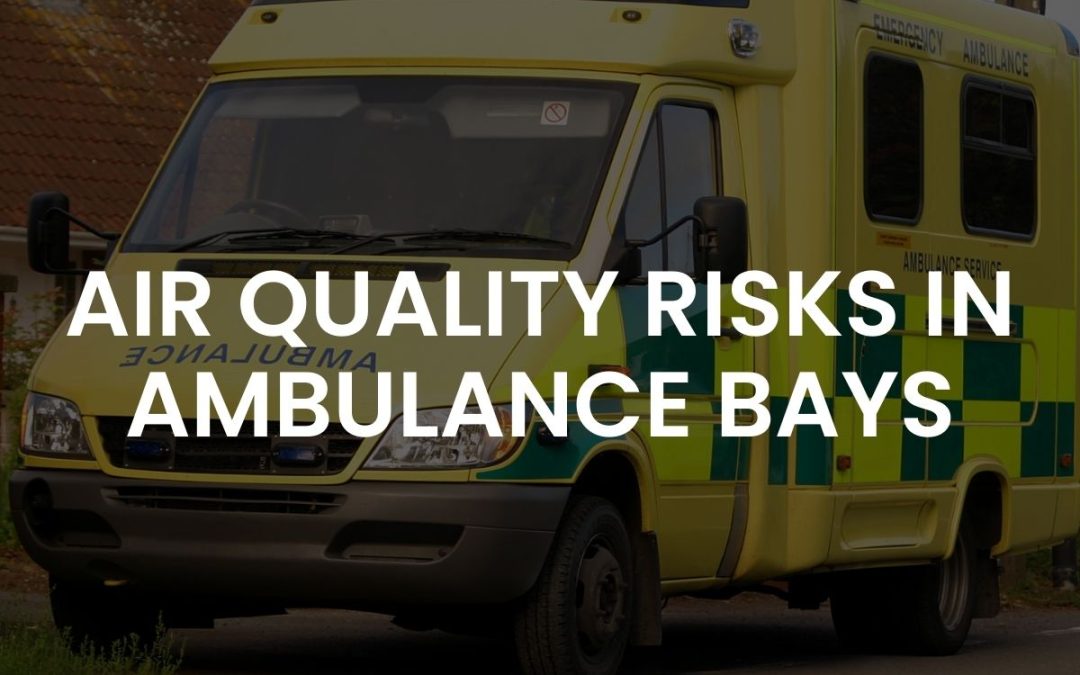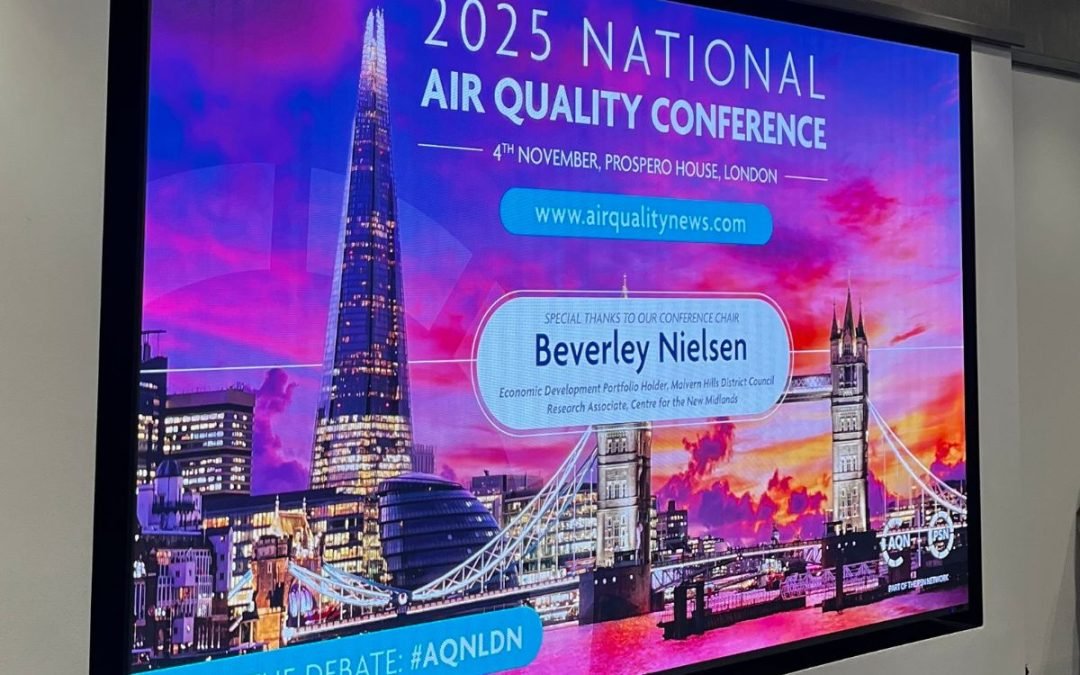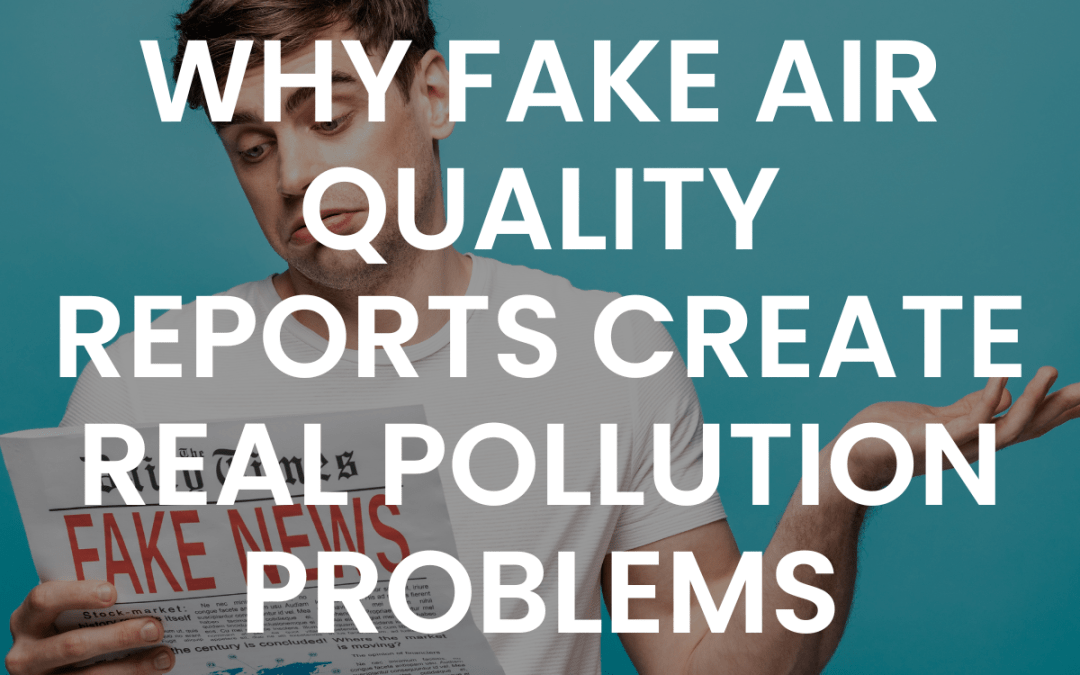Recent policy changes in the United States have brought attention to something most organisations take for granted: the infrastructure that measures emissions and tracks air quality progress.
For 15 years, the EPA’s Greenhouse Gas Reporting Program has collected emissions data from major facilities across the country. In September 2025, the agency proposed eliminating reporting obligations for sources ranging from power plants to oil and gas refineries to chemical facilities. The programme, which has been described as “the backbone of the air quality reporting system in the United States,” may be significantly scaled back or eliminated entirely.
This isn’t about critiquing one country’s policy decisions. It’s about recognising a pattern that could emerge anywhere: official monitoring systems can shift based on changing political priorities, budget constraints, or regulatory approaches. What happens to air quality and emissions monitoring progress when the measurement infrastructure changes?
Why Measurement Infrastructure Matters
The World Health Organisation sets global air quality guidelines because clean air shouldn’t depend on where you live or which government is in power. But meeting those standards requires knowing where emissions come from and tracking progress over time.
This matters beyond national policy. Data collected through programmes like the the EPA scheme underpins state and local climate policies, helping policymakers take stock of local pollution, form emissions-reduction goals, and track progress. When that data disappears at the federal level, the gap ripples through every level of decision-making.
But there’s another dimension that organisations need to consider: compliance requirements don’t disappear when official monitoring changes. European markets are beginning to impose strict methane requirements on imported gas. Companies with facilities in multiple jurisdictions still need to demonstrate emission performance. Local communities still expect accountability from nearby industrial sites.
The need for measurement doesn’t disappear when official programmes change. If anything, it becomes more critical for individual facilities to demonstrate their air quality performance independently.
For construction sites, healthcare facilities, and industrial operations, the lesson is clear: relying solely on government monitoring infrastructure creates vulnerability. Policy changes, budget cuts, or shifting priorities can alter the landscape quickly.
Independent, verified monitoring provides several advantages in this context:
- Continuity when official systems shift. Facilities maintain consistent data collection regardless of changing government programmes, enabling long-term trend analysis and progress tracking.
- Data that holds up legally. When communities raise concerns about air quality near industrial sites, independently verified monitoring data provides defensible evidence about emission sources and levels.
- Meeting international standards. WHO air quality guidelines and European market requirements continue to apply regardless of local policy changes. Independent monitoring enables facilities to demonstrate compliance with these broader standards.
- Source identification capability. Perhaps most critically, independent monitoring can distinguish between a facility’s own emissions and ambient pollution from other sources. This becomes essential when official monitoring networks have gaps or when facilities need to prove they’re not responsible for elevated readings.
The recent policy shift is a reminder that official monitoring systems aren’t permanent fixtures. They can change anywhere in the world based on political, economic, or administrative decisions. Facilities committed to achieving better air quality – the kind WHO standards envision – need measurement infrastructure that doesn’t depend on government continuity.
The path to improved air quality requires reliable data. Sometimes that needs to come from sources beyond official programmes.





